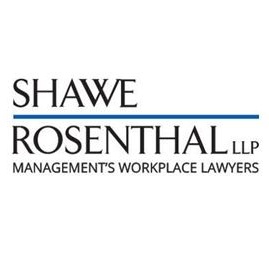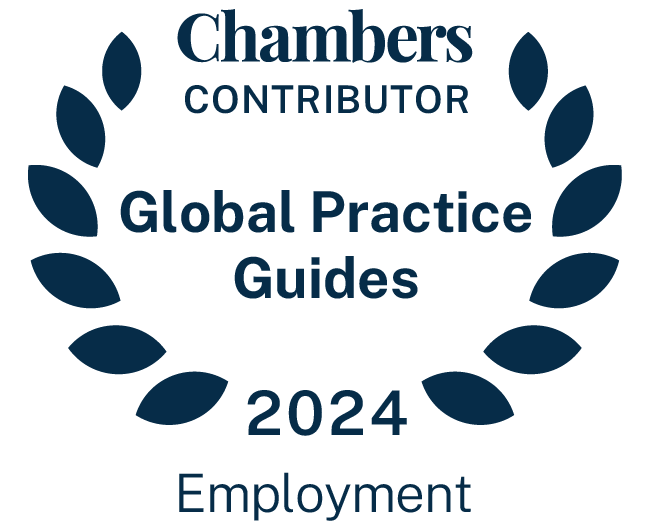TOP TIP: Complying With Maryland’s New Earned Sick and Safe Leave Law
The Maryland Healthy Working Families Act, which requires employers with 15 or more employees to provide paid sick and safe leave (SSL) and those with under 15 employees to provide unpaid leave, is currently scheduled to take effect on February 11, 2018. Accordingly, employers with Maryland employees need to take steps to ensure that they will be in compliance with the law on that date. Here is a checklist of action items:
- Prepare or obtain a notice, which must contain statutorily-required information, to provide to employees. The notice can be provided to employees by posting it in a location where other such employment notices are displayed. It can also be contained in a handbook or on a Company intranet available to all employees.
- Determine what “year” to use for SSL purposes – calendar, fiscal, anniversary or otherwise.
- Make sure that all employees scheduled to work 12 or more hours a week are receiving SSL, unless they fall within one of the statutory exemptions.
- Decide whether to grant SSL as a block at the beginning of the year, or to have employees earn it over the year at 1 hour of SSL for every 30 hours worked, up to a maximum of 40 hours.
- If you choose an accrual method, ensure that you are tracking hours worked for all your employees, including those that are not paid an hourly wage or salary (e.g. commission-only, piece-rate, etc.). Decide if you want to apply the special accrual rules for workweeks in which the employees fail to work the specified minimum number of hours.
- Also if you are using an accrual method, allow up to 40 hours of earned, unused SSL to carry over to the next year.
- Ensure that paystubs will reflect the amount of earned sick and safe leave available to the employee. We suggest that you actually label it “sick” or “SSL” to be clear.
- Track the actual hours of SSL taken by each employee. You must do this even for employees whose hours you do not usually track. You must retain these records for at least 3 years.
- Revise any no-fault attendance policies so that SSL absences are not counted as occurrences or violations.
- If you have 15 or more employees, revise an existing policy or develop a new policy to provide paid leave for SSL purposes. You can do one of the following:
- have an SSL policy – either alone or in addition to a vacation policy,
- convert a sick leave policy to an SSL policy,
- use your Paid Time Off (PTO) policy to cover SSL as well,
- convert a vacation policy to a PTO policy that will also cover SSL, or
- create a separate SSL policy that “taps” any existing paid leave policies, like vacation, personal, or PTO (and also creates a separate “bank” of accrued leave for extremely part time employees who likely will not otherwise already have any accrued, available leave).
- If you are using an already-existing sick leave or PTO policy to cover SSL, make sure that your policy complies with the technical requirements of the law.
- If you have a collective bargaining agreement that you entered into prior to June 1, 2017, you do not have to worry about complying with the law as to those employees covered by the CBA until the end of the contract term – but you must comply with the law as to employees who are not covered by the CBA as soon as the law takes effect.
- Train your managers on how to apply the law.
Although this checklist will help you to comply, this law is fraught with complications. We strongly advise that you have counsel review your draft policy and “game plan” before you conclude you have done all that is required. The penalties for non-compliance are severe. If you need assistance, as always, please let us know.







